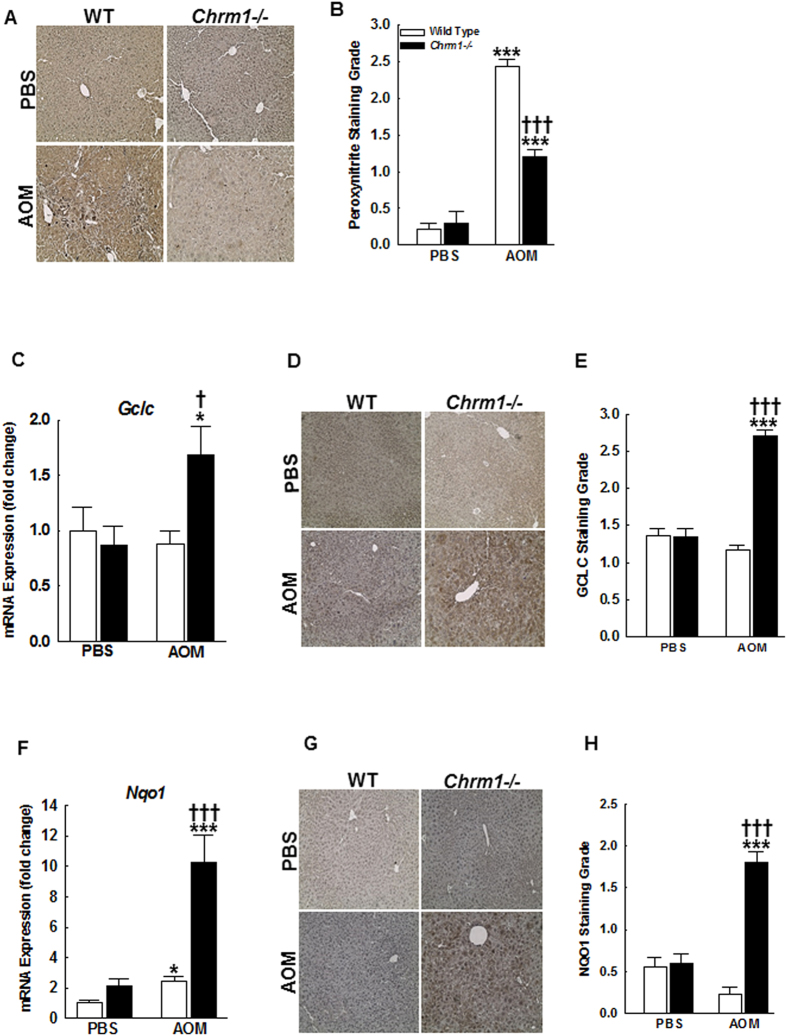Figure 5. M1R deficiency enhances induction of the anti-oxidant response.
(A) Representative 3-Nitrotyrosine-stained liver sections. (B) Summary data. Peroxynitrite adduct formation was reduced in the livers of AOM-treated M1R-deficient mice when compared to those from AOM-treated WT mice. (C) Baseline hepatic expression of Gclc mRNA was similar among PBS-treated WT and M1R-deficient mice. After AOM treatment, Gclc expression was increased in livers from M1R-deficient mice and unchanged in livers from WT mice. (D) Representative Gclc-stained liver sections. (E) Summary data. Livers from AOM-treated M1R-deficient mice had increased hepatocyte Gclc staining, which mirrored mRNA expression. (F) Hepatic expression of Nqo1 appears greater in PBS-treated M1R-deficient mice compared to PBS-treated WT mice. After AOM treatment, Nqo1 mRNA expression was increased in all mice. Compared to AOM-treated WT mice, Nqo1 expression was markedly increased in AOM-treated M1R-deficient mice. (G) Representative Nqo1-stained liver sections. (H) Summary data. Livers from AOM-treated M1R-deficient mice had increased hepatocyte Nqo1 staining. *p < 0.05, ***p < 0.001 within genotype, and †p < 0.05, †††p < 0.001 within treatment group.

